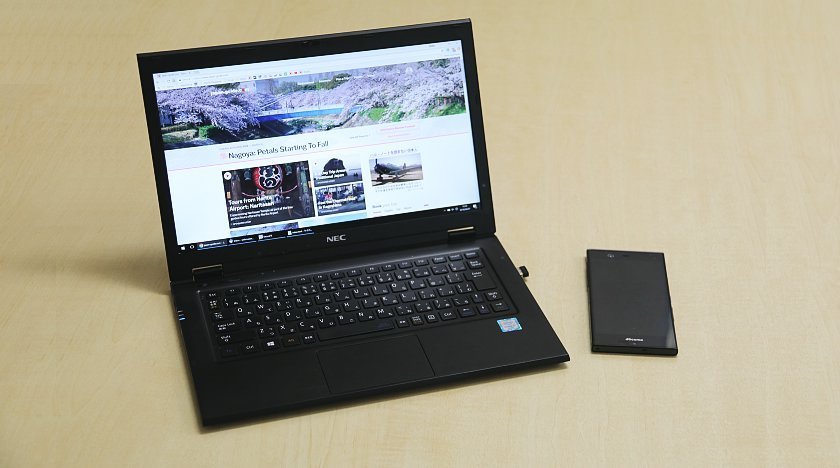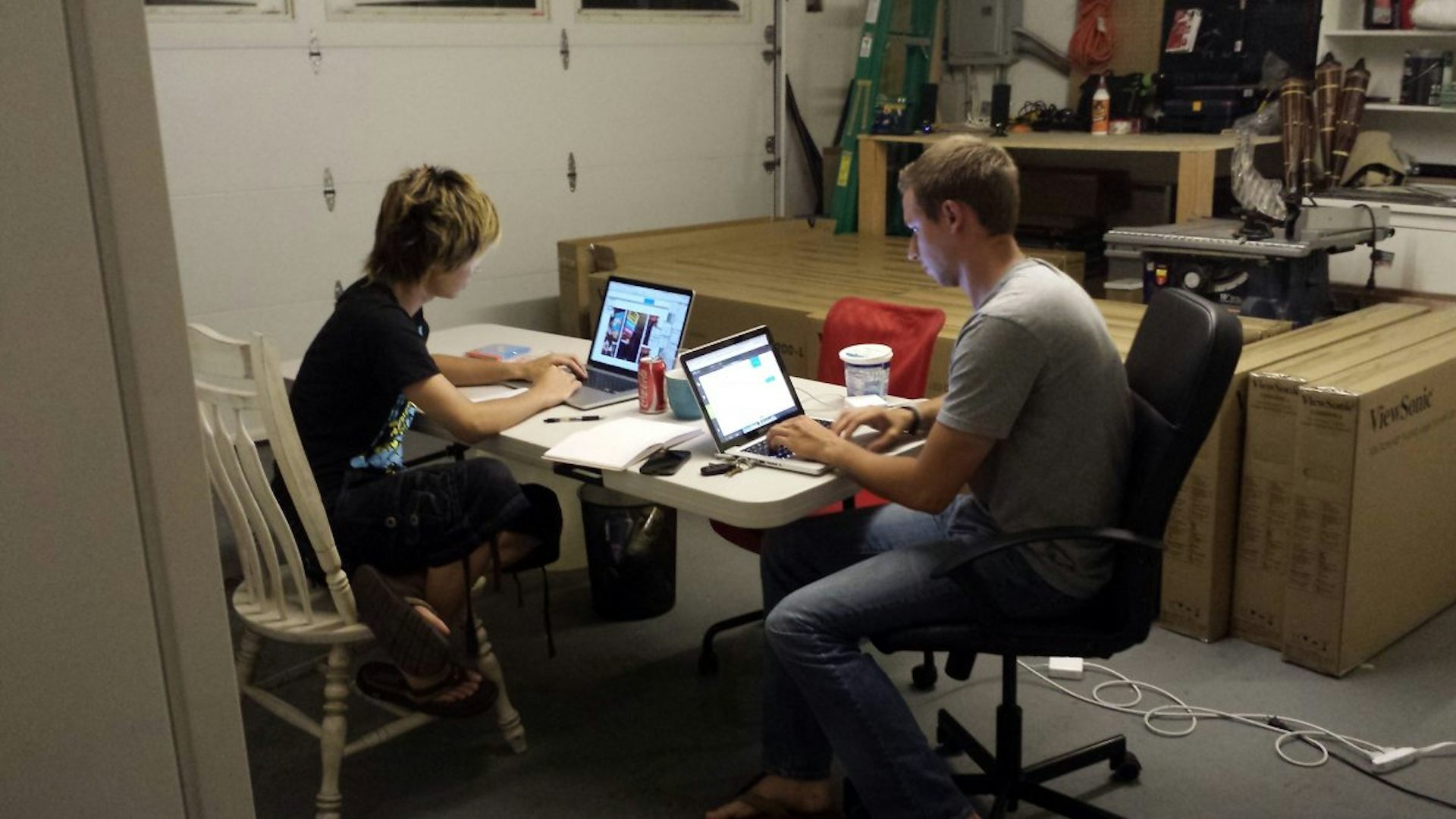Some U.S. students lack house web or laptop for homework

Our system of 60 neighborhood libraries offers a host of technology that will help you meet your learning targets. Technology entry is free, however does require a library card (until in any other case noted). Due to the COVID-19 pandemic, all BPL areas are presently closed. Users shall not use the network while entry privileges are suspended or revoked. Users shall not tamper with computer systems, networks, printers or different related equipment.
For safety causes, the health authority should have policies forbidding set up of plug-ins on important healthcare techniques. These e-studying communities ought to be taken into consideration for the information-centered web setting and are a response to demand at an operational level. E-learning communities assist downside-primarily based learning in online schooling. Web applied sciences have facilitated the development of publication sites with elegant graphic design, intuitive semiotics, refined interactivity, infallible availability, assured evolutivity, that are utterly compatible with the habits of customers accustomed to the social Web.
The firm has rolled out a self-screening function that permits customers to ask, “Hey Siri, do I have the coronavirus?” Siri then takes them by way of a questionnaire ready by the U.S. Public Health Service to find out if they’re exhibiting symptoms of the disease. It will not be a question of if but when the Internet will attain the breaking point beneath the pressure of the COVID-19 pandemic. The Internet is quick changing into a potential victim of the coronavirus assault. With an estimated billion people staying house, distant …

